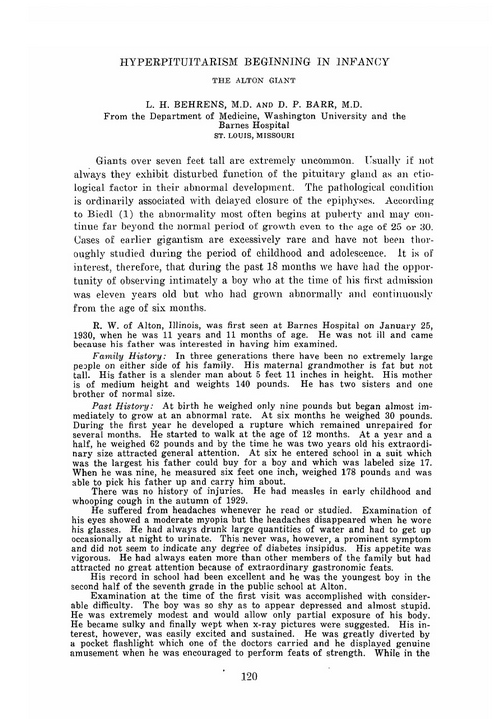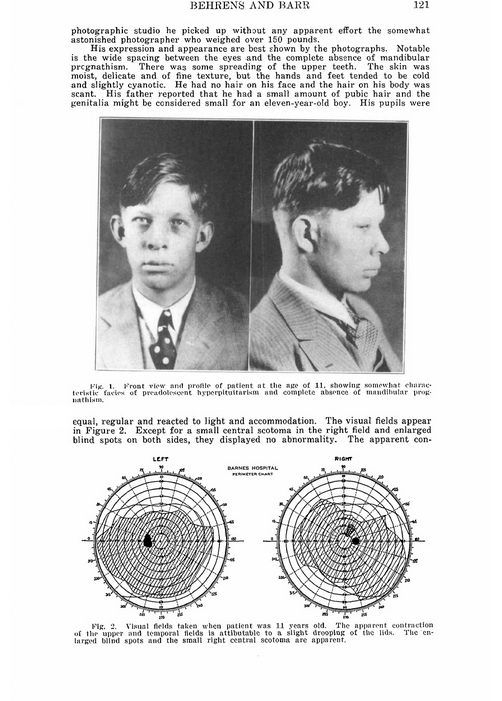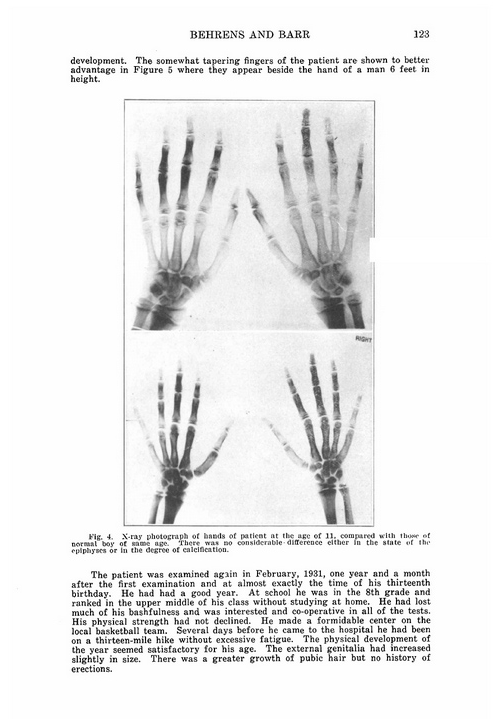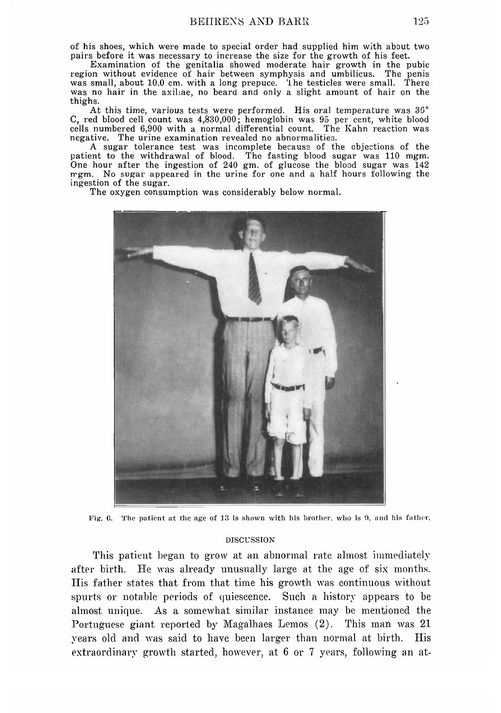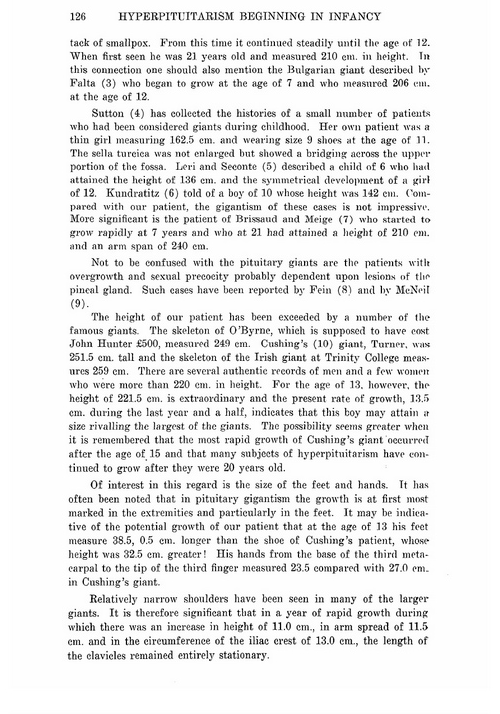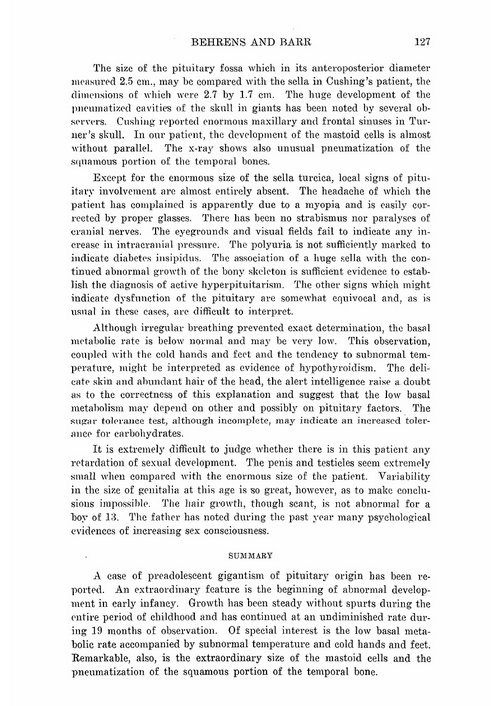In many of my former posts I had talked about the importance of getting a lot of protein for developing children to optimize their growth potential. Since the easiest way to obtain protein for humans is to eat meat, does that automatically mean that eating a vegetarian or vegan diet lead to a shorter height?
The research is inconclusive on this point although there is evidence to lean towards the side that says meat eating leads to slightly higher final height. Most people when asked this question would lean towards the side in believing that people who eat meat are likely to end up taller than their vegetarian counterparts.
However I would like to point out that the largest land animals on earth as well as on earth’s history have all been plant eaters. The male African Elephant has been recorded to be around 10-13 feet at their shoulder length. The giraffe, the tallest land animal today, which grows up to 18-20 feet tall is also a plant eater. Then we look at the horse, an animal we are more likely to see and note that the horse’s shoulder height is usually around the level of the human shoulder, but the neck pushes the overall horse’s height to be much taller than humans.
When we look at the example of the dinosaurs we note that the large meat eaters could grow to be a few dozen tons and be even 25 feet tall. However then we see the herbivores in comparison and see that they can be 60 feet tall and almost 100 tons in weight. It seems that from history and looking at the largest animals on earth, being a plant eater causes the species to end up bigger over long periods of time.
If we look at it this way, from a more evolutionary and ecological perspective, we could say that for animals in general, through multiple generations, the plant eaters can end up being larger than the meat eaters over time. It is well accepted that meat eaters being higher of the food chain would need to eat much more plant eater’s flesh than there was around. If the meat eater got too big, it would need to eat much more and probably would die from not being able to eat enough food in terms of weight to keep it alive. It is not sustainable.
However if we changed the way we view the vegetarian to just humans, and just looked at each individual during their single lifetimes, we can see that it seems the reverse phenomena is occurring.
When we get more proteins in the body, there is a higher level of creation of body building proteins. Proteins is what a huge portion of our bodies are made of. The building block of proteins are known as amino acids which get connected in strands and branches. The amino acids all have a nitrogen element in the center. So it seems that the major building block in animals is the nitrogen element. This element is also important as the needed element to make fertilizer for nutrition for plants. The plants grows bigger from absorbing the fertilizer. The plants we eat have a compound known as cellulose which is something our human bodies can not completely digest.
In many agriculture based civilization through history, there have been droughts and famine and this meant that the grain was more likely to be available than meat. It is also easier to pick vegetables and fruit which doesn’t move than to catch fish, rabbits, or boars which run and swim away when we try to catch them. So for many people in nations like Egypt, Greece, Mesopotamia, China, etc. it would be more likely that poorer people would be fed with bread, corn, rice, potatoes, onions, etc. than pig and fish. There is plenty of studies which show that poorer individuals in a society are usually shorter on average than the people who are more well off. This also means that they were not eating as much meat as they high class since meat has been for so long been considered a luxury item in most ancient agricultural societies.
With the explosion of human population after humans figured out how to settle down in one place instead of being hunters and gathers, the main source of food to feed the expanding population was grains which is made of carbohydrates. Carbohydrates are in essence different types of sugars aka saccarides or starches like Glucose, Fructose, Sucrose, which get converted to glycogen, which is the first source of energy in the human body.
In the traditional food pyramid it was suggested that the food group one should get the most portions is the grains and starches like bread, pasta, rices, wheat, etc. but in recent years there is evidence from the Paleo Diet movement that believes that human health, size, and longevity actually dropped from the agricultural revolution. People in the Paleo Diet camp believe that the Neolithic diet from farming created people with smaller bodies than the Paleolithic diet which was focused on gathering berries, leaves, fruits, and hunting down animals for meat.
So from all this introductory discussion, do people who eat a vegetarians or vegan diet lead to shorter height?
Well, one thing that is probably well backed up is the fact that vegetarians tend to be thinner than their meat eating counter-parts. Their BMI is lower. Many articles on the internet seem to agree with this point.
For the individual who is still growing, the need to get enough nutrients is critical. Since humans can’t break down the cellulose in plants in their digestive system, they can’t really extract the nitrogen and amino acids that would form the basic component of plants. The nitrogen would have to come from other sources. Beans and it derivative the tofu has been used by vegetarians to get their source of protein. Other sources include legumes (peanuts), nuts, chickpeas, eggs, fish, etc.
I guess the answer would be that it depends on the type of vegetarian the person becomes. If the individual is the type of vegetarian who accepts the idea of getting milk, eggs, and fish into their diet but avoids the red meats and chicken, then they would not have any decreased final height relative to a lifestyle eating meat.
If the person is a vegan, which is defined as a person who abstains from eating any products that are derived from animals, then they would have to reject milk, and it s derivatives like cheese, butter, etc. and eggs, the unborn young of chickens and other bird like animals. Fish would also not be allowed. To survive and get enough proteins, the vegan compensates by finding the alternative sources of protein like soy based foods, tofu, beans, etc. They do survive from eating the vegan diet but do they get enough protein to be able to reach the same ultimate height as their meat eating counterparts if every other factor is held constant?
There is evidence to show that the process of longitudinal growth in the bones and the human stage of development of growth, but especially during the puberty stage, requires the body to go into massive energy source usage rates. This is noticeable for parents who might have teenage males who seem to stop eating when they son is in middle school or early high school years. It is not surprising for teenage males to be able to eat 3-4 big meals a day when the body requires extra energy and resources to be able to sustain the type of accelerated longtudinal growth during puberty. Where the average height gain in American males is around 1.5-2 inches/year before puberty, during puberty that increase in height gain be as high as 3-4 inches/year.
An analogy is the extra amount of energy needed to turn the element of water in the transition from one phase to another. When water is just in one phase, to increase the temperature of water, extra energy at a linear rate is introduced heating the water. Once the water reaches a certain point (temperature), for it to change from liquid to gas, an extra quantified amount of energy must go in before the liquid changes to gas, while the temperature of the system stays the same.
Similarly, during puberty, the rate of energy and resource consumption by the developing adolescents body requires that extra protein needs to go in to be able to keep the same level of longitudinal growth as a meat eater. Meat in general take longer to break down, and have more fat which is made of fatty acids. Fats are the second source of energy in the human body which is not usually used until the person uses up all of their first source of energy, sugars.
What I would guess at this point, even though there is no conclusive evidence for my personal guess, is that vegetarians who do eat milk, eggs, and fish would not be that much shorter than their meat eating counterparts, and if they are the difference would be small, probably around or less than 1 inch in difference.
As for vegans, due to their multiple restrictions on food types they can eat, it might not be possible for the growing adolescent male vegan to be able to consume the same amount of proteins needed to build the bodies size during the puberty stages. It is more likely that they would become shorter than meat-eaters by maybe 1-2 inches in difference.
Of course we have to remember the old adage about geneticist who talk about height and whether it is more nurture or nature. They state that 60-80% of one’s final height is determined by one’s genetic makeup. Food is a smaller factor towards the growth rate and height of an individual. More likely, the reason most people do end up shorter than other people is from not getting enough of the right nutrients while they are still growing. Stunted growth from malnutrition has always been a very big problem for vegetarians who don’t understand that their choice not be be omnivores means that they have to be more aware of nutrition than meat eaters who eat both plants and animals.
From my own knowledge, there has never been a study where each individual of identical twins were put on a vegetarian and omnivorous diet respectively to test what their final height would be.

